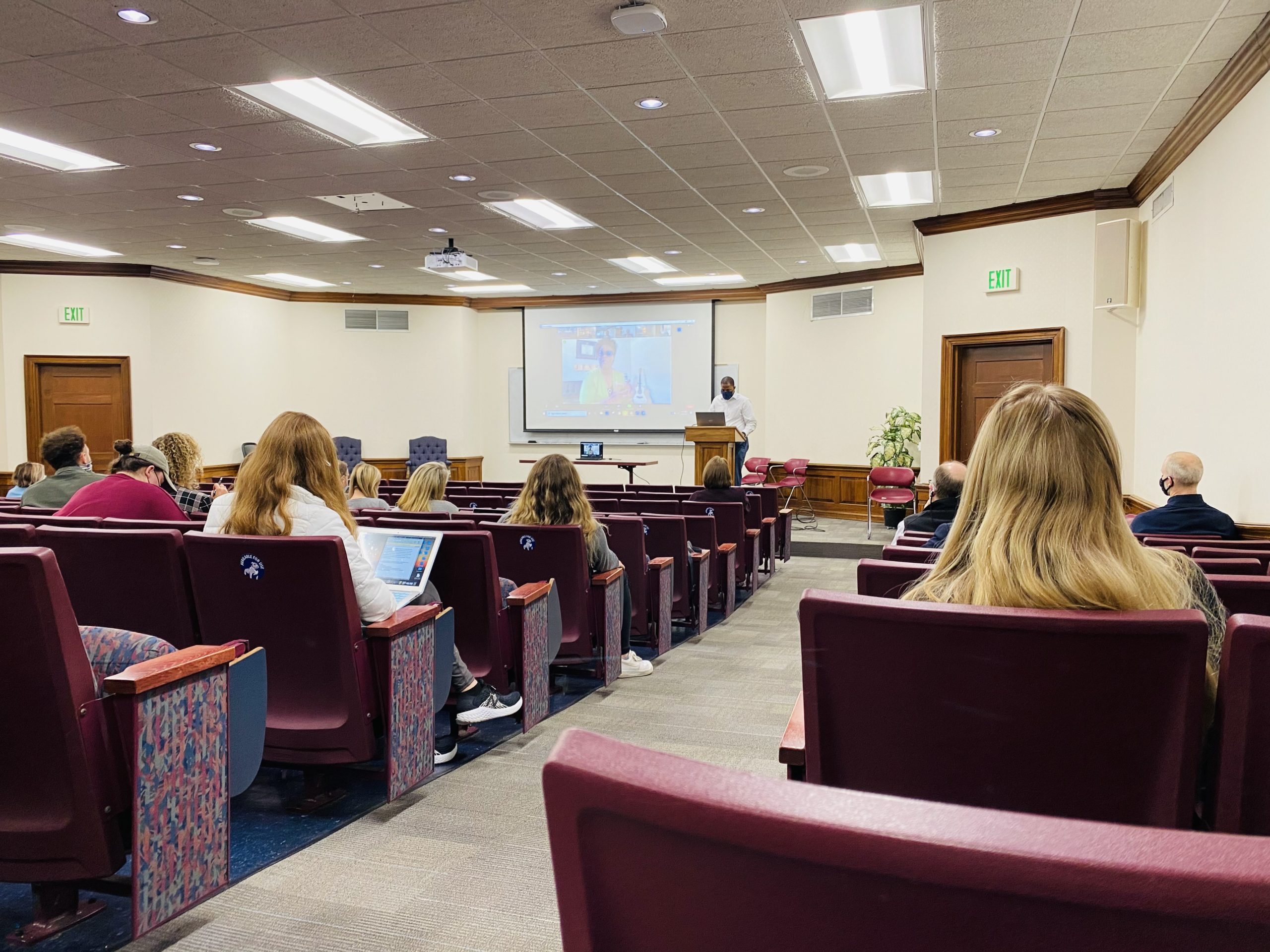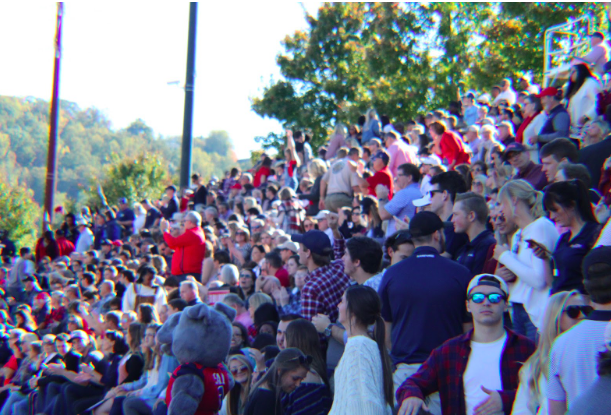By Sofia Paglioni
On Wednesday March 3, Samford University’s Director of Diversity Enrichment and Relations Cameron Thomas hosted a panel with fellow theologians and scholars to discuss PBS’s recent documentary, “The Black Church.” Students who attended this event were able to take a deeper dive into the PBS documentary and learn about the cultural impacts inside and outside the church.
Thomas was joined by other fellow scholars from outside of the university, including Malcolm Foley, Jennifer Lusher, Rev. Wilson Fallin Jr. and Dr. Tyshawn Gardner. When asked about their thoughts on PBS’s documentary, all panelists agreed they experienced mixed emotions.
“The documentary was a historical goldmine,” Foley said.
PBS describes the show as a documentary revealing how, “black people have worshipped and, through their spiritual journeys, improvised ways to bring their faith traditions from Africa to the New World, while translating them into a form of Christianity that was not only truly their own, but a redemptive force for a nation whose original sin was found in their ancestors’ enslavement across the Middle Passage.”
Gardner was proud to see the Black Church highlighted on such a large platform, but believed there were some omissions to the story that cannot remain overlooked.
All the panelists agreed that the second episode reveals more of the cultural impact in and around he Black Church, and that the documentary exposed just how large of a refuge the church was for Black Christians in America. Societal norms, specifically racism, dictated the norms of the church at the time, causing many Black Christians to create their own space that offers physical, mental, and spiritual safety and acceptance.
“The Black Church” showed that predominantly Black churches not only shaped the American society through religion, but also offered many people resources for education, financial support and a sense of community. As a final note, the panelists stated how it is critical to integrate diversity and representation not only in the pews, but in worship, church culture and leadership positions as well.






